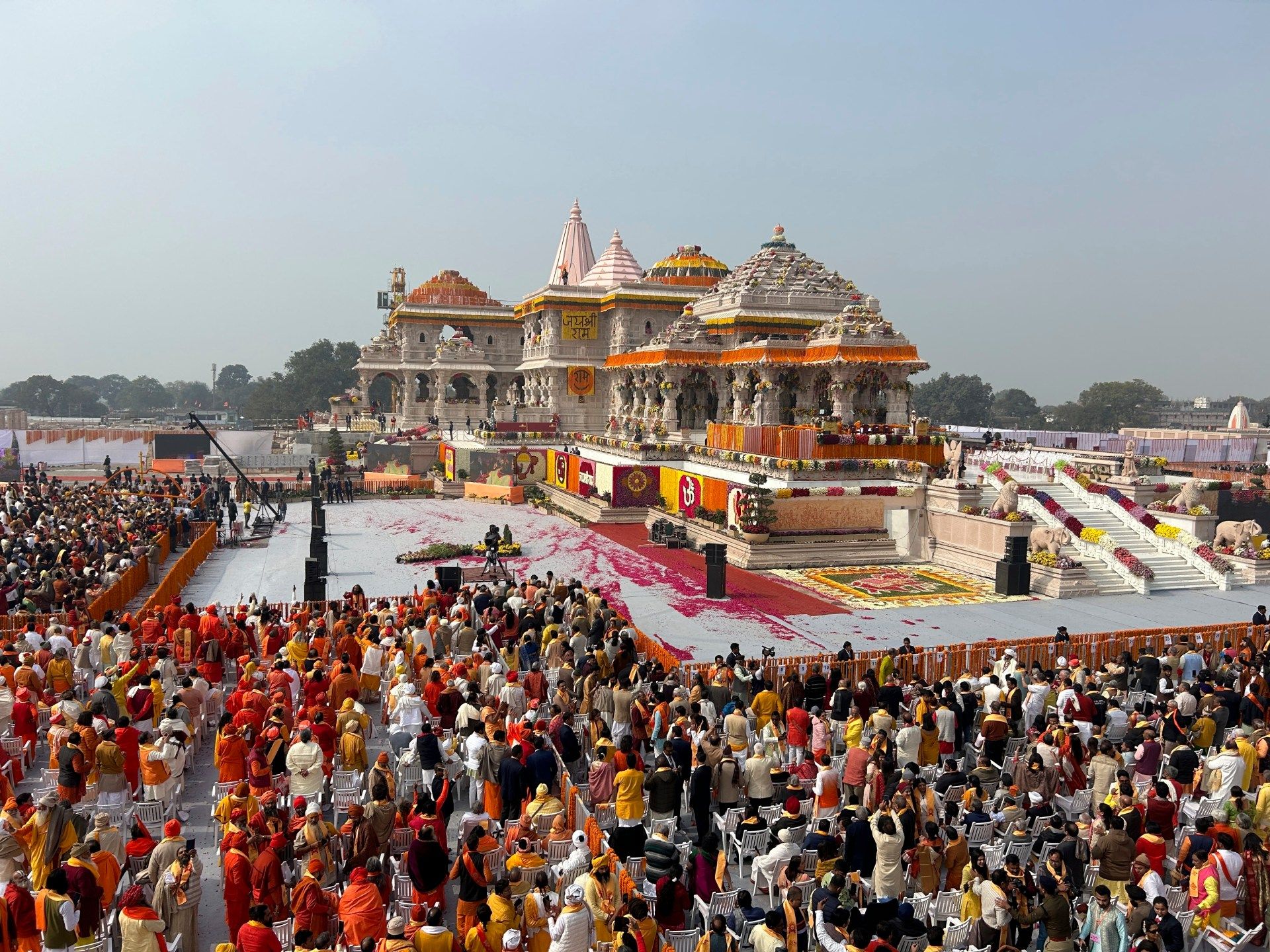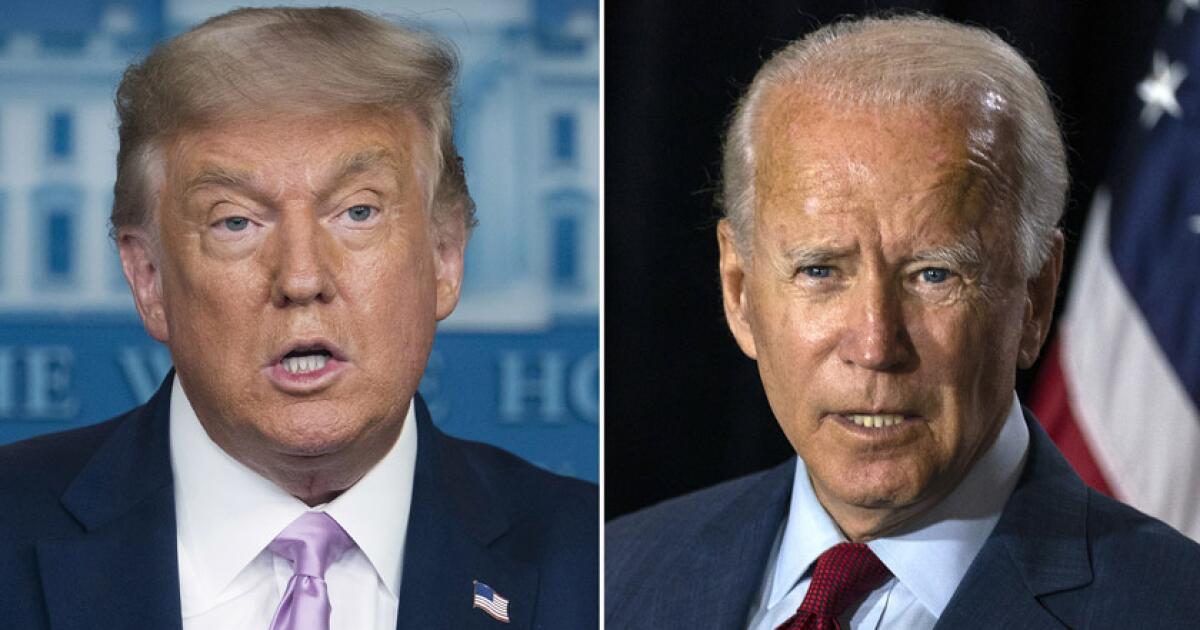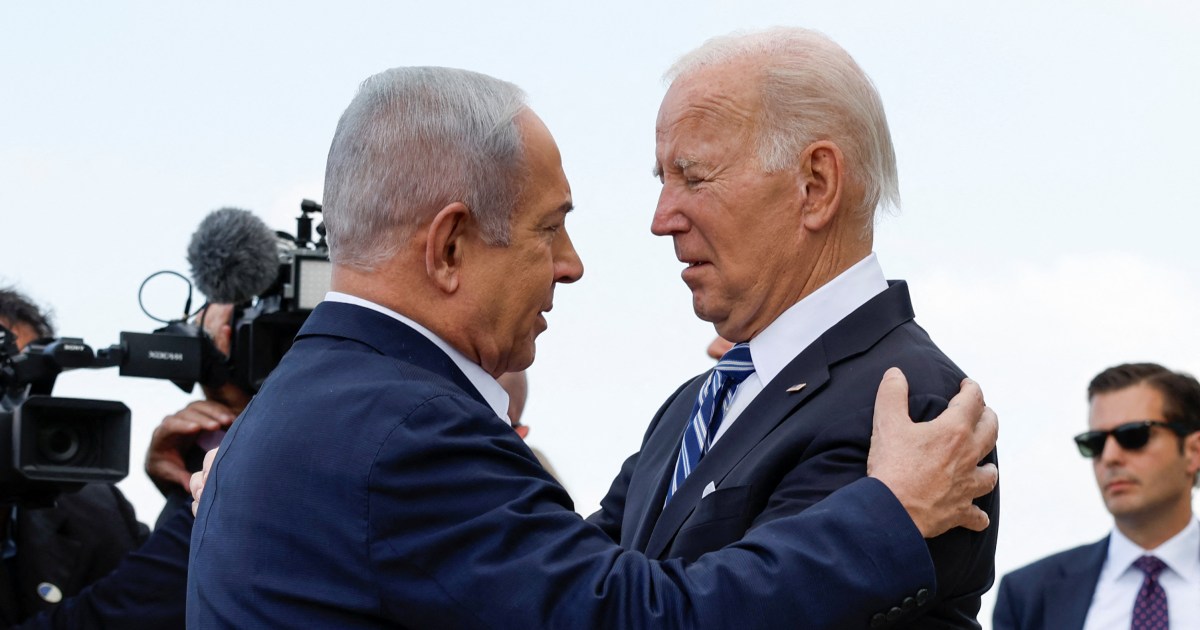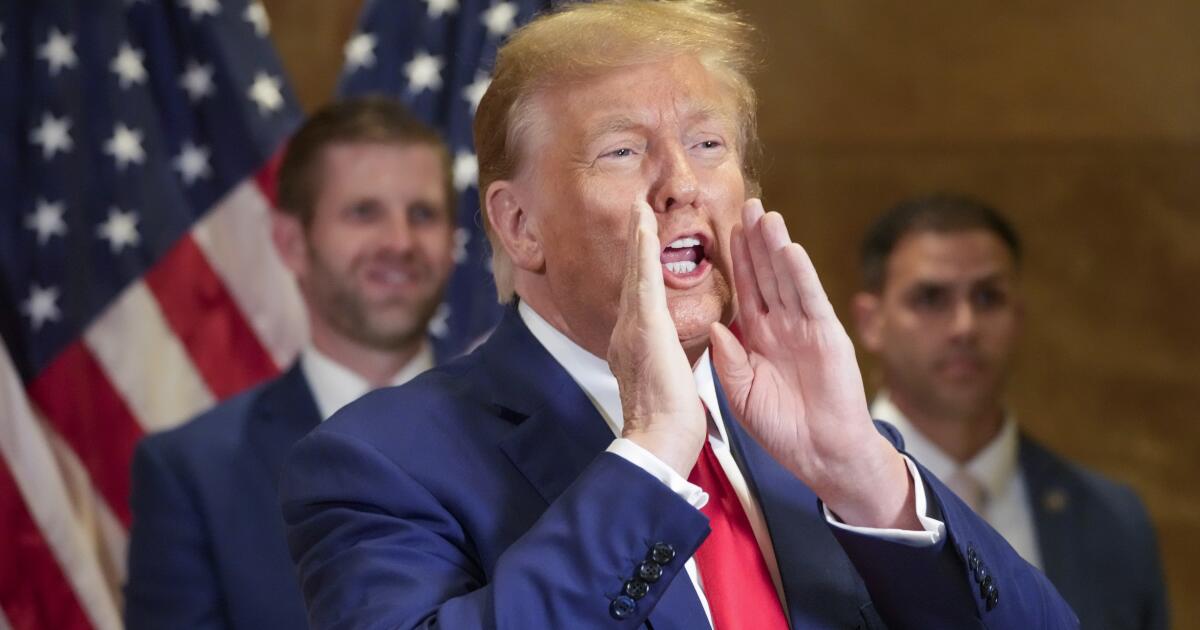January 22 has already passed. For India it was a great day. Its Prime Minister, Narendra Modi, said it was “not just a date on the calendar” but “the dawn of a new era.” He ushered in “the expansion of consciousness, from the divine to the nation, from Ram to the entire nation,” he said. That day, he claimed, the foundation was laid for the “next 1,000 years” of India.
Modi's words welcoming the advent of “Ram Rajya” (divine rule) in India openly contradicted the secular principles enshrined in the country's constitution. And yet they were enthusiastically endorsed and repeated by most of the national media.
Following the prime minister's lead, one respected national daily said January 22 heralded “the awakening of the nation's collective consciousness,” while another announced it was a time for India to “define itself anew.” “. The Hindu divinity is fundamental to India, it was argued, so all Muslims, Christians and other minorities should simply accept its supremacy and live their lives accordingly.
What led to January 22 being hailed as the dawn of a “divine” India was the consecration of an idol of Ram, one of the most revered Hindu gods, at a newly built temple in Ayodhya. Hindus believe that Ram was born in this small town in the northern state of Uttar Pradesh and therefore consider it sacred.
There have long been hundreds of temples dedicated to Ram in Ayodhya. However, the Ram temple, consecrated on January 22, is unlike any other shrine. It has been built on land where a Mughal-era mosque, called the Babri Masjid, stood for centuries before being torn down in 1992 by a mob mobilized by organizations linked to Modi's ruling Bharatiya Janata Party (BJP).
The demolition of the 16th-century mosque triggered some of the worst religious riots since independence (killing more than 2,000 people, most of them Muslims) and shook the foundations of India's officially secular political order.
In a 2019 ruling, India's Supreme Court called the mosque's demolition an “egregious violation of the rule of law” but still allowed a Ram temple to be built where it once stood. It was a strange ruling that seemed to defy all legal logic. The only justification offered was that building a temple there would pacify the Hindu majority and bring peace and tranquility to the country. Still, he was widely criticized by jurists, in India and abroad, for upending justice. The sentence was seen as a reward for the crime committed in 1992.
Regardless of the issues surrounding the legality and morality of its construction, the symbolism of the new Ram temple in Ayodhya has been impossible to ignore, for both Hindus and Muslims in India.
For Modi and his hardline Hindu supporters, it is a symbol of national pride and perseverance. It represents, as Home Minister Amit Shah said at the consecration ceremony, “the stitching of a deep wound” that they believe was inflicted on them by Muslim “invaders” some 500 years ago. For them, it is a symbol of victory.
For Muslims, however, it is a symbol of India's transformation into a Hindu nation, a symbol that has anti-Muslim hatred and discrimination at its core. They remember, for example, how from the beginning “Muslamanon ka ek sthan Pakistan ya kabristan” (Only two places for Muslims: Pakistan or the cemetery) and “Babar ki aulaton ko joote maro” (beating Babur's progeny with shoes) have been the main slogans raised by the movement to replace the historic Ayodhya mosque with a Ram temple.
Muslims also remember all those who were killed, maimed or lost their livelihoods in the violence that followed the illegal destruction of the Babri mosque. That is why it hurts and worries them to see that almost all political parties support the opening of the temple, and that the country's elite – people who really have power over their lives – openly celebrate it.
In fact, celebrations were held across the country on January 22 to commemorate the consecration of the controversial temple. Anti-Muslim slogans were raised in many localities in India and violence against Muslims was reported.
However, at the consecration ceremony, Modi denied that the move would lead to an increase in communal tensions. “There were some who used to spread fear and said that if the Ram temple is built in Ayodhya there will be fire,” he said, “I urge you to visit Ayodhya and feel the energy here.
“Lord Ram is not fire, but energy. Ram is not the problem, but the solution.”
Of course, the claim that the opening of the temple represents the end of all past disputes did not convince many, especially coming from a politician who regularly speaks of crimes committed by Muslim or Mughal rulers against Hindus and promises his followers that the will avenge
The consecration of the Ram temple also emboldened those involved in the destruction of the Babri mosque. Many of them publicly admitted the role they played in this “heinous” crime and proudly gave interviews to the press about it. Many retired judges, army officers and public officials revealed that they had always been in favor of the destruction of the mosque and openly celebrated the consecration of the new temple.
Thus, the January 22 ceremony, during which Indian military aircraft were used to shower flower petals on the crowd, was an eye-opening moment for India's Muslims and other minorities. During the extravagant celebration, it became clear to all that majoritarianism is now at the very core of the Indian state structure.
While the Ram temple in Ayodhya is undoubtedly a symbol of the power of Hindutva, the Hindu majority ideology of the BJP and its partners, it is also a symbol of Modi's own political prowess. With the consecration of the temple, the Prime Minister managed to establish himself, with the support of a willing media, as the main defender of the dream of Hindu supremacy in the country. More than the figure of Ram, Modi was at the center of the ceremony.
The January 22 ceremony, which marked the completion of Modi's transformation from an elected representative of the people to a monarch linking his power to the divine, was perhaps an interesting or even amusing sociological spectacle for outside observers. But for all Indians concerned about the erosion of the republic's core values and principles, and especially for Muslims and other minorities beginning to question their place in the country, it was the climax of a real-life horror story.
The views expressed in this article are those of the author and do not necessarily reflect the editorial position of Al Jazeera.












